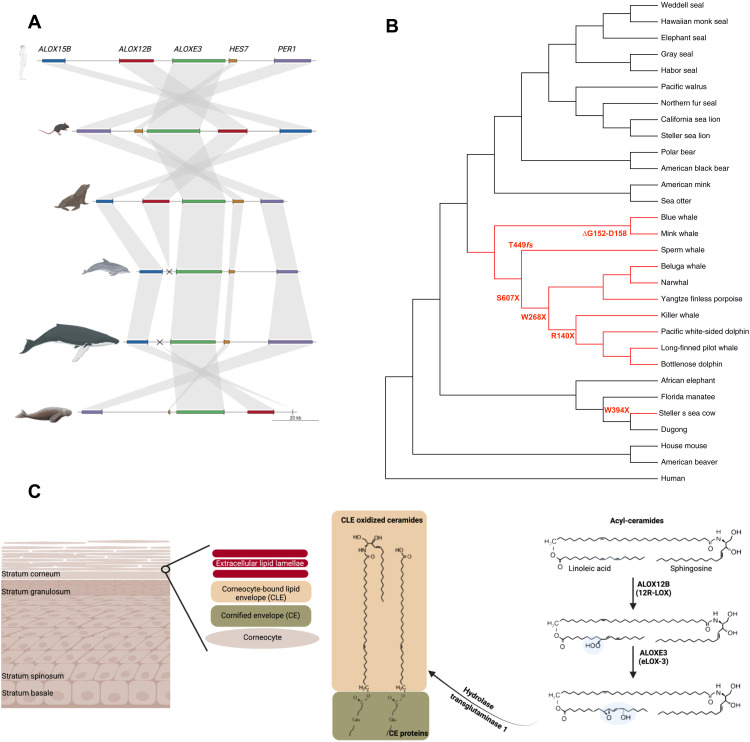Fig. 2. Genomic locus and function of skin lipooxygenases.
(A) Synteny map of the genomic locus around ALOX12B and ALOXE3 in human, mouse, sea lion, dolphin, blue whale, and dugong. The ALOX12B locus is missing in cetaceans. (B) ALOXE3 inactivation occurred through different changes in cetaceans and the Steller’s sea cow; branches of species with ALOXE3 inactivation are depicted in red. (C) Structure of the epidermis. Acyl-ceramides are produced mainly in the stratum granulosum and partly in the stratum spinosum and stored in lamellar bodies as acyl-glucosylceramides. At the transition to stratum corneum, lamellar bodies release their contents into the extracellular space, where acyl-glucosylceramides are converted to acyl-ceramides. Released acyl-ceramides, fatty acids, and cholesterol form lipid lamellae in the stratum corneum. Some acyl-ceramides are oxidized in the presence of skin lipoxygenases, like enzymes encoded by ALOX12B and ALOXE3. The oxygenation is required to facilitate hydrolysis and subsequent covalent linkage of the ω-hydroxyceramides from the corneocyte-bound lipid envelope to proteins of the cornified envelope, which form the epidermis permeability barrier. ALOXE3’s accumulation of inactivating mutations in the absence of ALOX12B (B) confirms its downstream location in the biochemical pathway (C).

